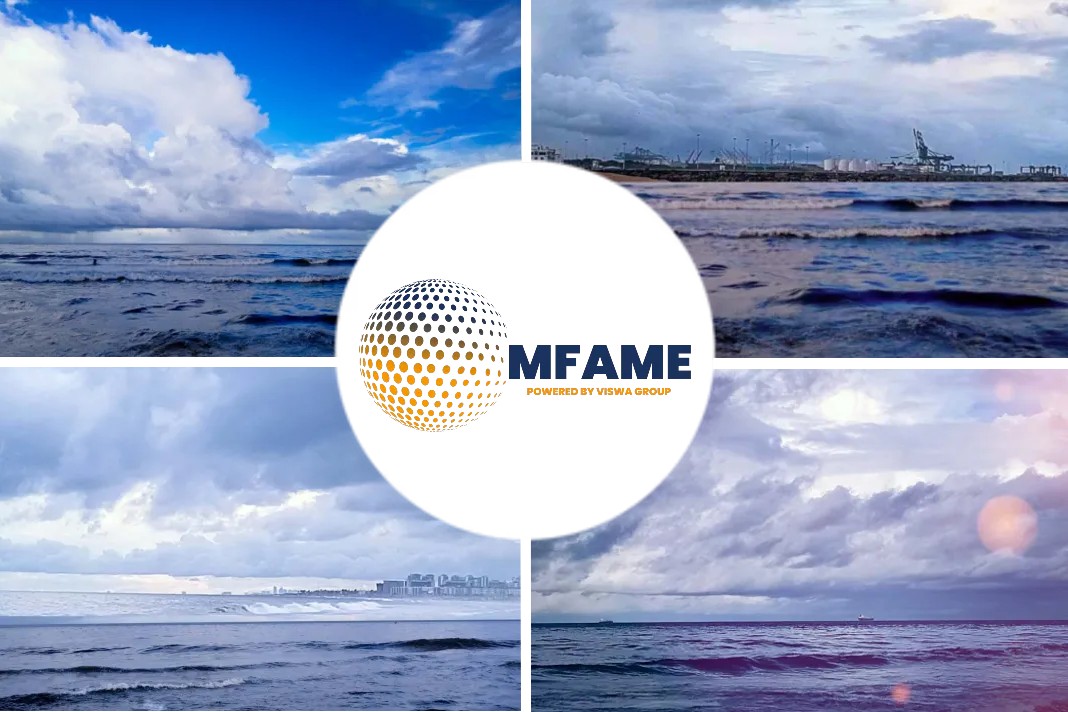 The Alternative Design process is a risk-based approval process for novel ship designs that cannot be approved with the current prescriptive regulations and need safety optimization.
The Alternative Design process is a risk-based approval process for novel ship designs that cannot be approved with the current prescriptive regulations and need safety optimization.
SOLAS
The process is in line with SOLAS Chapter II-2 and is described in the IMO Guidelines for the Approval of Alternatives and Equivalents (MSC.1/Circ. 1455). The approval is evaluated in line with the goals and functional requirements of the International Code of Safety for Ship Using Gases or Other Low-flashpoint Fuels (IGF Code, Part A).
Alternative design
“The Alternative Design process requires a significant effort from the projects leading the technology development. The project owners have to actively demonstrate how the hazards and consequences of the design are managed by applying risk-based design instead of demonstrating passive compliance with prescriptive rules. This may seem arduous, but it is the best tool we currently have to help projects materialize,” says Mónica Álvarez Cardozo, Senior Engineer Piping Systems & Alternative Fuels at DNV Maritime.
“Hydrogen is a new technology in a new environment, so a risk-based design process is needed to keep personnel, assets and the environment safe.”
The MarHySafe handbook examines the Alternative Design process in detail, offering interpretations that fulfil the varying expectations of Flag States and providing guidance on how to navigate requirements as efficiently as possible.
“One of our main aims in the MarHySafe JDP is to build a foundation of knowledge that can be used for developing rules for hydrogen in the future,” says Gerd Petra Haugom. Currently there are too many knowledge gaps to draft rules, “but the more we know, the closer we get to changing this. In Phase II, we will start proposing input to early requirements.”
Did you subscribe to our daily newsletter?
It’s Free! Click here to Subscribe!
Source: maritime executive

















